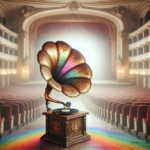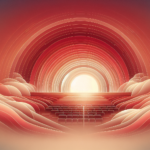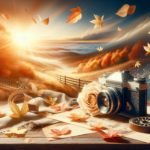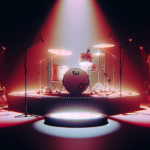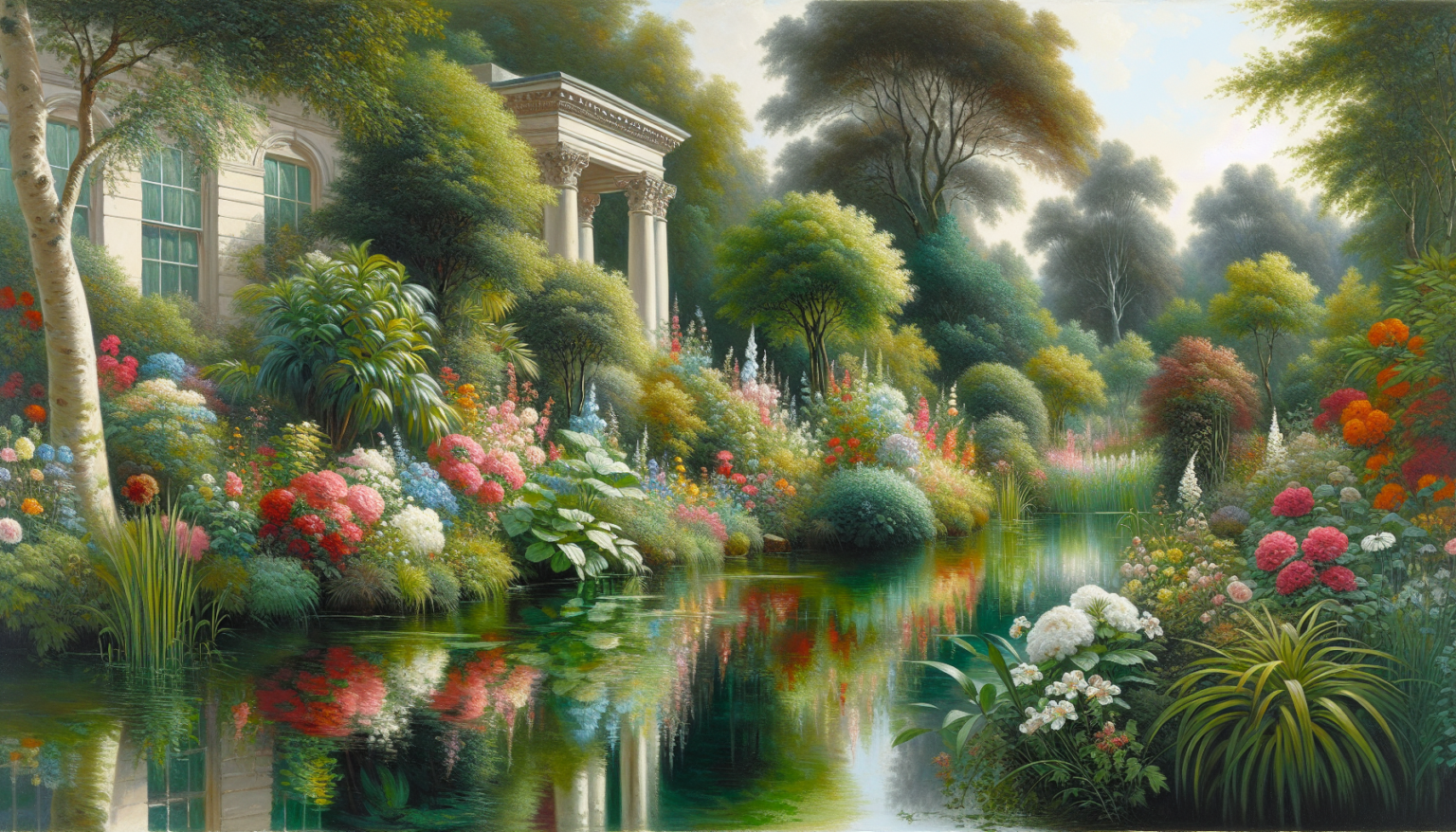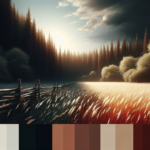The Art Institute of Chicago’s summer blockbuster exhibition, “Gustave Caillebotte: Painting His World,” explores the artist’s focus on men, primarily those from his mostly upper-crust inner circle. Gustave Caillebotte has never enjoyed the same kind of recognition among the Impressionists as Claude Monet, Pierre-Auguste Renoir, or Camille Pissarro. It didn’t help that he was unfairly criticized as a rich dilettante by some critics during his lifetime.
This themed retrospective contains nearly 100 paintings and drawings as well as 40 archival photographs and materials from more than three dozen public and private lenders. The exhibition was called “Gustave Caillebotte: Painting Men” when previously presented at the Musée d’Orsay and Getty Museum in Los Angeles. But in Chicago, it is subtitled “Painting His World,” which Art Institute’s chair and curator, Gloria Groom, believes is more expansive.
Men pervade the show, but they do not monopolize it.
Exploring Caillebotte’s unique focus
Caillebotte put his focus on men, particularly those from his upper-crust inner circle, detailed in fascinating fashion in the exhibition catalog.
This is the first major show to explore this central facet of Caillebotte’s art, including portraits of men in the Caillebotte brothers’ well-appointed Parisian apartment, such as “The Bezique Game” (circa 1880). Of particular note are Caillebotte’s two frank male nudes, including “Man at His Bath” (1884), in which the subject is seen from behind drying himself. While male nudes were common in history painting or mythological subjects, they are highly unusual in scenes of life from this time.
Many of Caillebotte’s best-known masterpieces are included, such as “Paris Street; Rainy Day” (1877), and more than 20 works that have not been shown in the United States before. The exhibition is a stunning celebration of Caillebotte’s contributions to Impressionism, emphasizing his unique focus and technical prowess. Through Oct.
5, visitors can explore this essential yet often overlooked aspect of the art world’s history.


